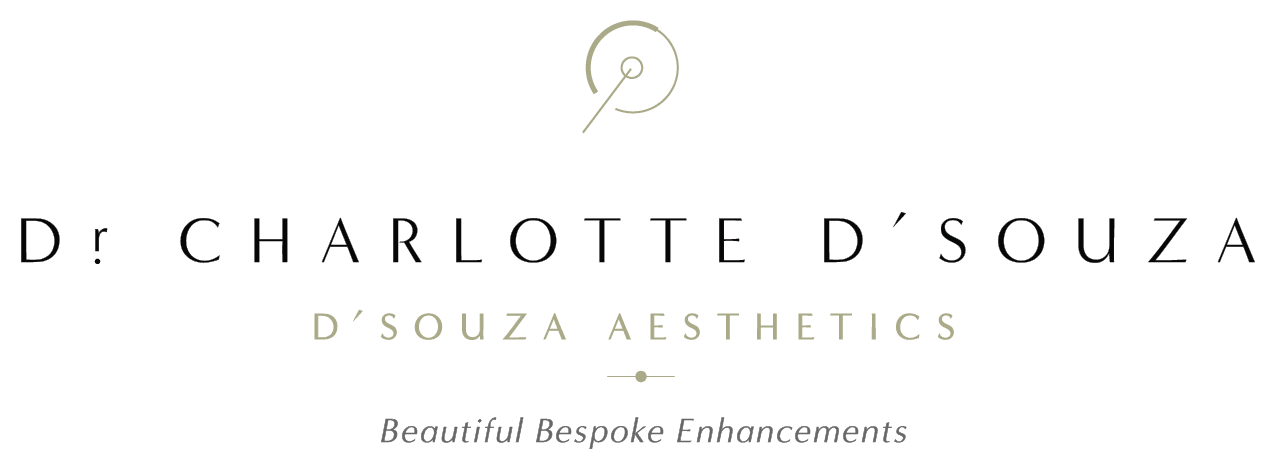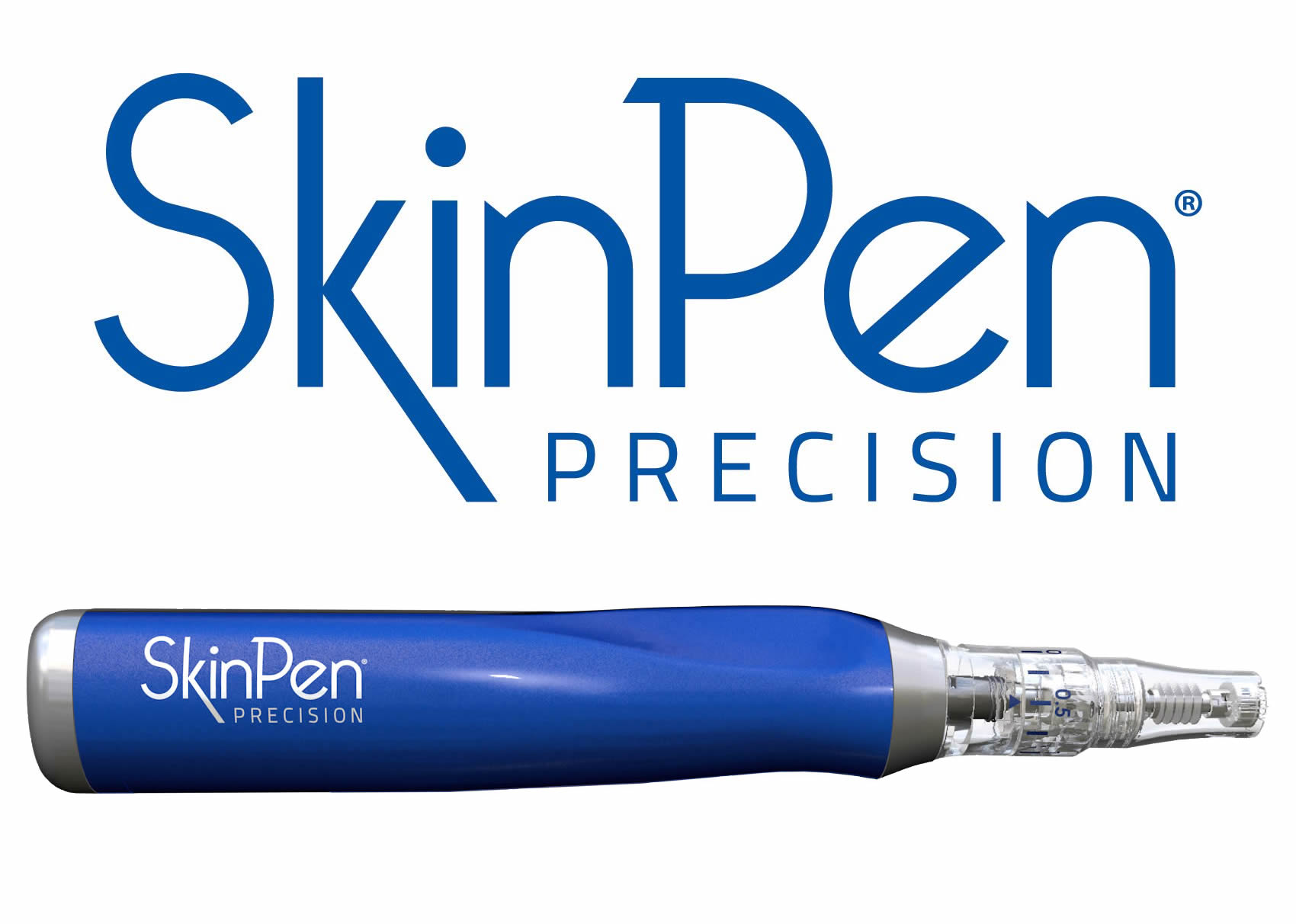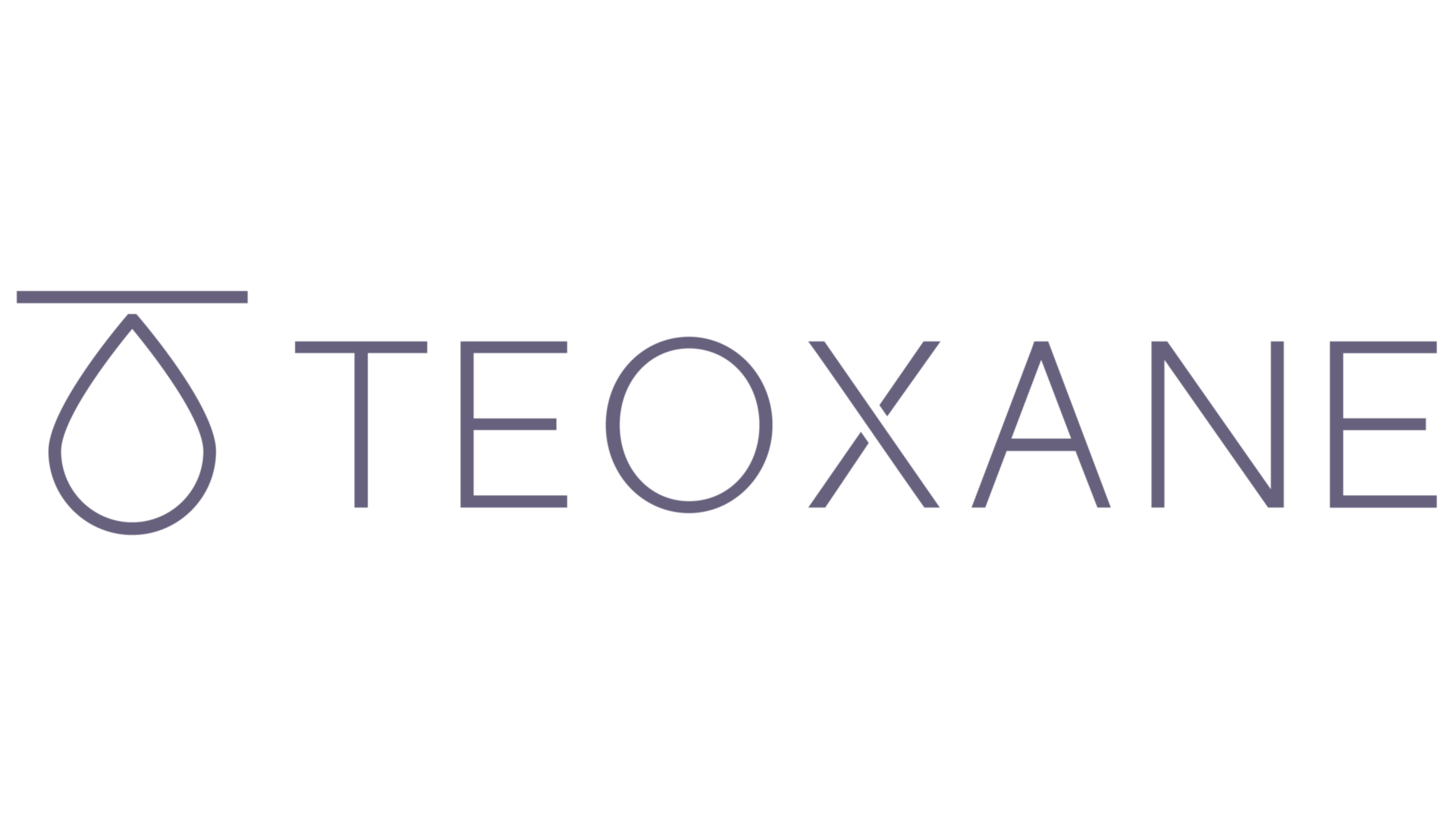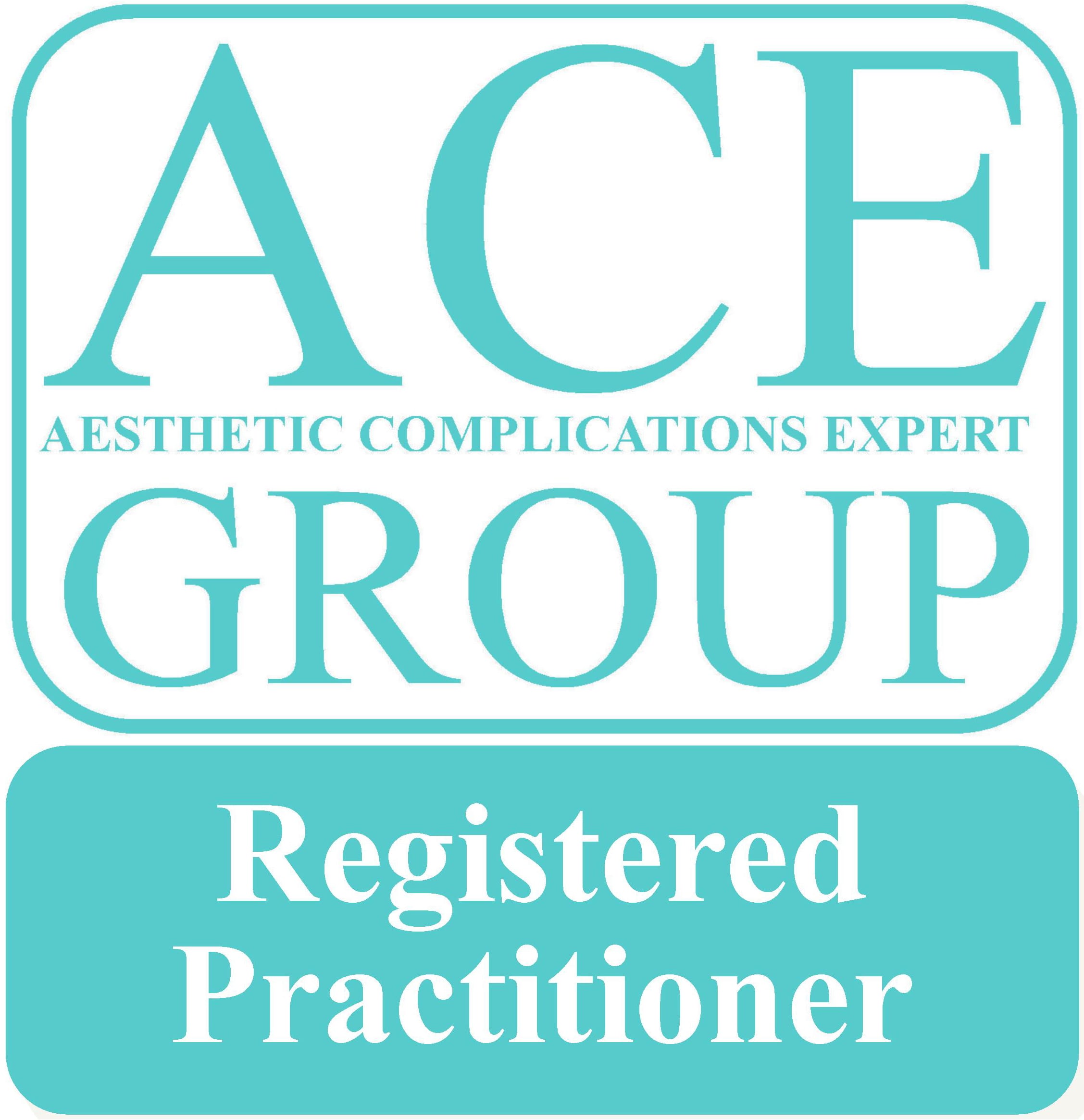Nowadays, it is really easy to spot anti-ageing injections which have gone wrong.
Although facial rejuvenation injectables are, in general, very safe when administered by a professional aesthetic doctor, you can get bad results when they are not injected properly.
The trend for non-invasive cosmetic enhancement continues to rise, with more and more people making anti-ageing injectables part of their regular beauty regime. This demand has led to an increase in the number of under-skilled practitioners providing this type of treatment, often at incredibly low prices. Whilst this might sound like good news for you, unfortunately it’s far from it.
Non-surgical cosmetic procedures, and anti-wrinkle Botulinum Toxin (Botox) injections in particular, are costly for very good reasons. Most wrinkle-reducing injections are neurotoxins – substances which disrupt the normal function of nerve cells – used to reduce fine lines and wrinkles by relaxing the underlying muscles. It is a prescription-only medication meaning that only certain healthcare professionals with adequate training should be performing such treatments.
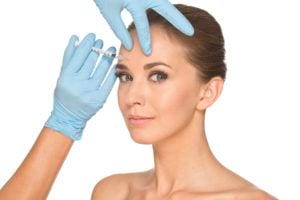
When anti-ageing injections go wrong, this is because the practitioner hasn’t followed appropriate guidance (on dosage or placement for example) or adhered to the patient’s facial anatomy to determine what is appropriate to enhance their features. Botulinum Toxin is a precision treatment that requires the skill, experience and artistic eye of a well-trained practitioner, who understands how the muscles of your face work as a whole, and therefore, is able to deliver the results you desire.
The goal when administering Botulinum Toxin is to give you a more relaxed and youthful appearance, without looking like you had work done. Anti-wrinkle injections may seem like a fairly straightforward treatment, however, behind them there is an extreme amount of training to acquire a meticulous injection-technique as well as solid knowledge of the underlying facial anatomy.
This is why it is very important that you carry out your research and seek a responsible, licensed, and medically-registered professional, who has invested heavily in training and ongoing education in order to expertly deliver safe treatments.
So what exactly can be labelled as ‘Bad Botox’ and what can you do to correct it? Below I have highlighted five Botox mistakes that can occur, and how they can be corrected …
1 – Frozen face from over-treatment
This happens when your practitioner over-injects you, giving you an unnatural, robotic look. This may be from too high a dose or too many injections so that there is no movement of your muscles. Your face ends up looking expressionless, fake, plastic, and overdone. Although a few years ago the frozen look was quite common, today most people want to achieve a softer, more subtle result which enhances their natural features and make them look younger.

If your anti-wrinkle injections have left you expressionless, there is nothing instantaneous that you can do to revert it. However the good news is that their effects are only temporary and will start to wear off after about 8 weeks.
To prevent having a ‘frozen face,’ make sure your chosen practitioner is a well-qualified, reputable, experienced doctor, who takes the time to carry out an in-depth consultation and assessment, so that you are both on the same page, before proceeding with your treatment. Communication is key; explain the result you would like from your treatment and your doctor will then inject accordingly.
2 – Under-treatment
Under-treatment with anti-ageing injectables occurs when the muscles aren’t relaxed enough so you have more movement than you would like (meaning your wrinkles are still present). Each person’s anatomy is slightly different and some people may need slightly higher doses to minimise their wrinkles. If it is your first time getting anti-wrinkle injections, bear in mind that an adjustment may be required to reduce all your lines, or that muscles in certain areas may require a slightly larger dose. This is true for Botox treatment of fine lines and wrinkles, masseter treatment for jaw slimming and teeth grinding, hyperhidrosis (excessive sweating), etc.
You can correct under-treatment by having top-up injections a couple of weeks after the main procedure. Speak to your doctor about 10 days after having your treatment if you feel there are more wrinkles remaining than expected/you would like. I offer complementary reviews and adjustments to all my clients after treatment if needed to ensure 100% satisfaction.
3 – Drooping eyelids or eyebrows
These are two effects clients are most worried about when discussing having anti-wrinkle injections.
Dropping occurs when injections are incorrectly placed and put too low in the muscle, causing it to relax too much and descend. As a result, you can end up with a heavy-feeling forehead, with dropping eyebrows and excess eyelid skin.
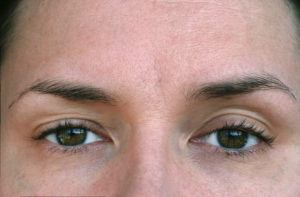
If you sub-consciously use your forehead muscles to open your eyes, or you have hooded eyelids, you are at greater risk of this occurring. Your pre-treatment consultation should identify this and your doctor can then adjust treatment slightly to minimize the risk of eyelid or eyebrow drooping.
A true droopy eyelid (also known as ptosis) can occur if the muscles that control your eyelid are injected with Botox, or if Botox spreads from nearby areas. This is however, rather rare with a skilled, experienced practitioner who understands your facial anatomy and is able to avoid it. Some prescription eye drops (iopidine 0.5%) can be prescribed to help elevate the eyelid temporarily but again the actual ptosis is not corrected until the Botox has worn off.
4 – Spock-like eyebrows
Do you remember Star Trek’s Spock? He was permanently looking surprised. Unskilled practitioners can give you ‘the Spock’s look’ if they don’t administer the anti-wrinkle injections correctly, with one or both eyebrows are lifted high, giving you a chronically surprised appearance. In addition, odd wrinkles can occur over the lateral eyebrow.
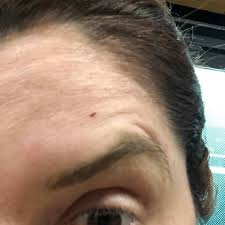
Unlike other Botox mistakes, Spock-like eyebrows can be fixed easily and quickly with a few strategically placed injections to relax the muscle that’s pulling the eyebrow up too high.
5- Asymmetry in your treated features
Another common complaint reported with bad Botox is facial asymmetry.
Sometimes, a side effect of these kinds of injections is that one muscle is more impacted by the procedure than the other. For example, this can make your eyebrows look uneven, with one side higher than the other, or one side of your mouth may droop slightly more than another if you had treatment for a downward smile.
Again this can easily be rectified by an experienced practitioner. They could inject the higher eyebrow to relax it and even it with the other one, or give an additional injection to the muscle that pulls the corners of your mouth down.
If you are planning to get anti-wrinkle injections this year, make sure you consult a reputable Aesthetics doctor who uses Botox licenced for cosmetic treatments.
At D’Souza Aesthetics, I provide my patients with a personalised service to assess their skin condition and facial anatomy and determine what the best treatments are to help them achieve a natural and youthful appearance. For best results, some treatments involve a combination of anti-wrinkle injections, dermal fillers and professional skincare.
I also offer complimentary reviews on all treatments so that adjustments can be made if necessary. Doses are recorded on your confidential record so that for subsequent treatments, I am able to follow your personalised protocol and make adjustments where needed.
And remember, your consultation is always free.
